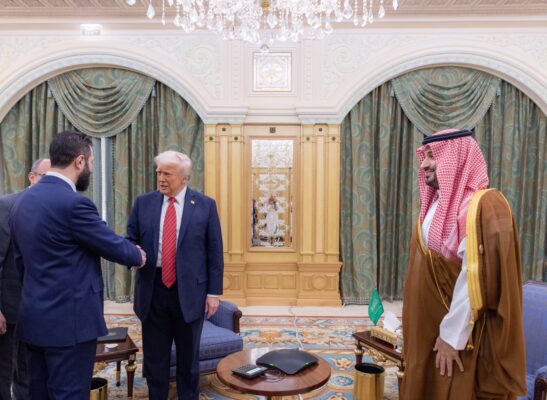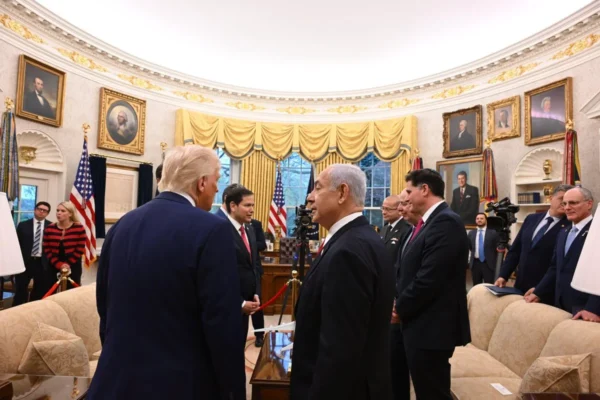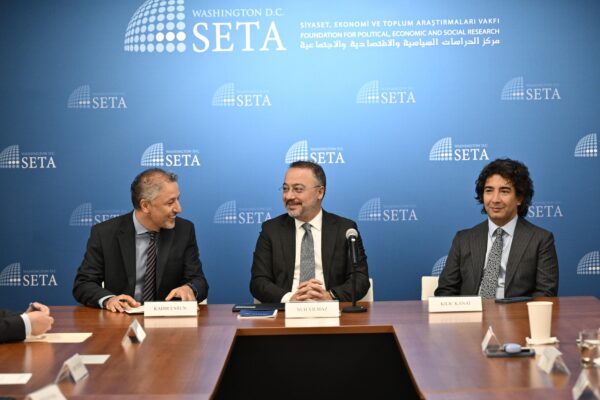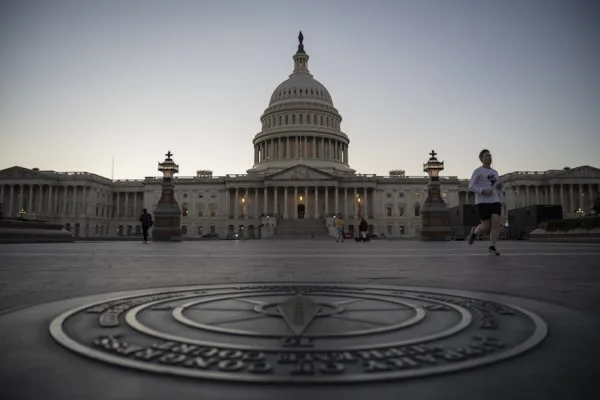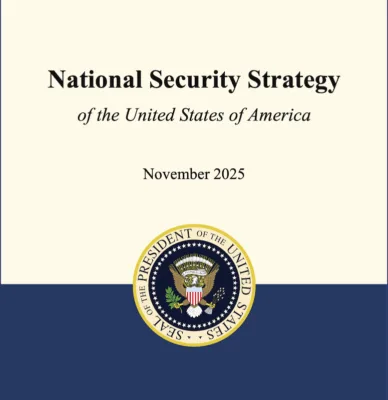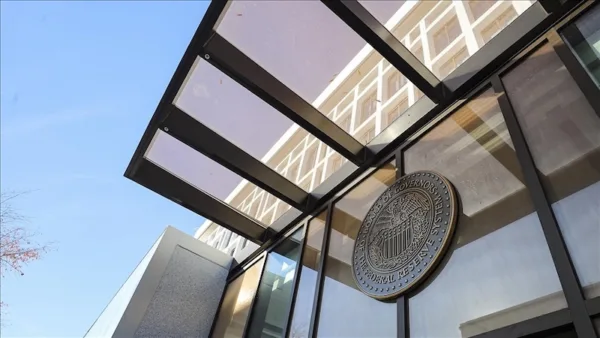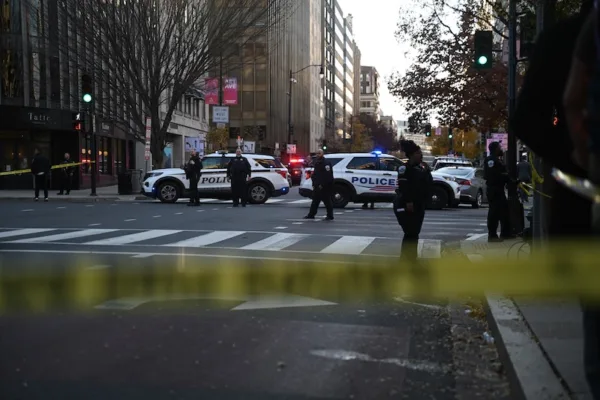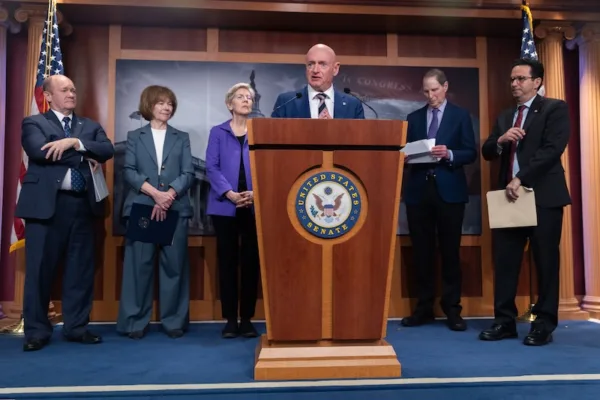Uighur refugees, China’s power and what to do about it?
The primary source of the Uighur refugee problem is the situation in China and without some significant steps in line with the demands of society, this problem will continue to grow in the coming years.
The recent report of Uighur refugees stranded in Thailand brings forward several significant questions regarding the refugee crisis, the status of Uighurs and the future of China as a superpower. Does China want to be a superpower from which its residents and citizens try to flee? What can stop the outflow of Uighurs from China? And how can the international community help Uighur refugees in different countries?
The last 300 Uighurs who have come to international attention in the last few days are part of the growing Uighur refugee problem in Southeast Asia, which greatly accelerated after the Urumqi ethnic riots that took place in July 2009. In different countries in Central and Southeast Asia there are an increasing number of instances of Uighur refugees caught and face the threat of being returned to China where they may face criminal charges. The first wave of these refugees was mostly political activists and those who joined the protests or rallies in Xinjiang and who have searched warrants out against them or are being chased by the security forces. The deterioration of the situation in the region in the last five years started to change the profile of these refugees as well. With the increasing degree of “strike hard” campaigns, now, intellectuals who practice their right of freedom of expression, Muslims who want to use their right to freedom of religion and practice and youth who want to live in a freer environment are also included among those who are considered threats to China. Parents started to send their children to other countries to protect them from any form of government persecution and families started to flee to escape the restrictive one-child policy. Rising anti-Uighur nationalism made China a dangerous place to live for Uighurs. Because of these developments, the demographic characteristics of refugees changed dramatically to include families and children today. In different instances Uighur refugees are detained in these not very welcoming Asian countries caught between a criminal network of human smugglers and a repressive government. In different cases some of those who seek refuge in neighboring countries faced extradition. For instance, in 2009, 20 Uighurs were deported by Cambodia to China and upon their return they faced very heavy criminal charges, and in 2011 Kazakhstan did the same thing and forcibly returned a Uighur to China. Now, Uighurs in different Asian countries are also facing the threat of being forcibly returned to China. These refugees have already been living in dire conditions in refugee camps and, after increasing Chinese pressure, not only their freedom, but also their lives are under threat. Under these circumstances both the U.N. High Commissioner for Refugees (UNHCR) and Western countries need to act decisively in order to stop the potential danger to the lives and freedoms of these refugees. This requires a well-organized and sustained effort to provide legal, humanitarian and diplomatic assistance for Uighur refugees.
The second dimension of this situation is of course in regard to the situation in Xinjiang. As mentioned above, the economic, political and social conditions in Xinjiang are what led to the flow of these refugees. The lack of basic freedoms and liberties, worsening political atmosphere and increasing violence in the region are major factors for the thousands of Uighurs trying to flee their homeland and leave their loved ones behind. There are different tragedies in the stories of these refugees. Social discrimination and increasing criminalization of Uighur identity in China proper is transforming Uighurs into a suspect community and turning the region into an open air prison for Uighurs. In addition, the recent attempt by the Chinese government to increasingly assimilate the region demographically through Han Chinese migration makes it more difficult for Uighurs to find employment. The incentives for Han Chinese to migrate are against the interests of Uighurs. Uighurs are economically disadvantaged, politically repressed, socially discriminated against and culturally threatened by policies of assimilation and are trying to flee from the region in order to live a life within the bounds of their culture by protecting their identity. The primary source of the refugee problem is the situation in the region and the policies of the Chinese government. To stop the flow, the most significant step would be to improve the conditions in the region. Making the region “livable” for Uighurs necessitates policies that will change the condition for them.
Finally, another very significant dimension of the refugee problem is about the future of China and its place in the international system. Throughout the economic development and rapid growth rates in China, the regime is trying to portray it as a “peaceful rise” and to persuade other actors in the international system about its benign intentions. For years, China has been spending a lot of funds to promote its image and boost its soft power. However, human rights violations in the country and issues, such as Uighur refugees creating an image of China that portrays the country as a threat to its people, contribute to the image of China being a threat to the international system. At this critical juncture the Chinese government needs to make a decision about its future. If China does not want to be a country from which its citizens try to flee, then it needs to engage in very serious political and legal reforms. The perception of China in its current form will not be fixed with the millions of dollars spent for PR firms in Western cities or the Confucius Institutes in different parts of the world, but only through these reforms and by making the country not intimidating or threatening for ethnic and religious minorities. If the Chinese government does not care about its image being tarnished by its poor record on rights and liberties of its citizens, then the international system needs to make a decision about how to contain the threat that this government poses to the norms and principles of the international system today and in the future. Recent pressure by Beijing on neighboring countries about Uighur refugees demonstrates a spillover into these countries of its strike hard measures and its repressive minority policies.
In fact, it needs to be understood that the primary source of the Uighur refugee problem is the situation in China and without some significant steps in line with the demands of society, this problem will continue to grow in the coming years. Because of this, the international community should be prepared to help the increasing number of Uighur refugees who are stranded in different Asian countries and deal with China’s refugee policies in the international arena.
This article was originally published in the Daily Sabah on December 1, 2015.



